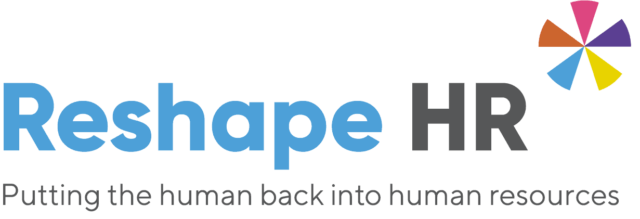Background
World Suicide Prevention Day (WSPD) takes place on the 10th of September on an annual basis.
World Suicide Prevention Day is organised by the International Association for Suicide Prevention (IASP) and seeks to raise awareness of suicide prevention and provide worldwide commitment and action to prevent suicides.
Theme
For 2022, the theme is “Creating Hope Through Action”, which focuses on giving others confidence to take action.
According to the IASP: “By encouraging, understanding, reaching in and sharing experiences, we want to give people the confidence to take action. To prevent suicide requires us to become a beacon of light to those in pain.”
The hashtags being used this year is #WSD2022 and #bethelight
How do I join in World Suicide Prevention Day?
You can join in World Suicide Prevention Day by:
- Sharing on social media – By sharing this article and other articles and information about world suicide prevention day and why it is so important and help to raise awareness.
The IASP has added a “resources” section on their webpage which includes content that you can use on your social media such as posters, facts and figures, banners and much more. If you would like to use these resources, then please visit https://www.iasp.info/WSPD/resources. The hashtags which are being used this year is #WSD2022 and #bethelight.
- Join an event – The IASP has a events section on their website so you can find either face-to-face or online events hosted by charities which are local to you. If you would like to join a World Suicide Prevention Day event, then please visit https://www.iasp.info/wspd.
- Spend time with family and friends – With how tough the last couple of years have been on us all, check in regularly with your family and friends, spend some time with them, go for a night out, a meal or even a little movie night in to see how they are doing, sometimes a little chat is all that an individual requires.
If you feel like you are struggling to cope, be sure to reach out to your support network as soon as possible.
We recommend that you reach out to the Samaritans to talk about anything that is upsetting you, you can call the Samaritans anonymously on 116 123, which is free from any phone. If you do not wish to speak to someone on the phone, then you can send an email jo@samaritans.org.










